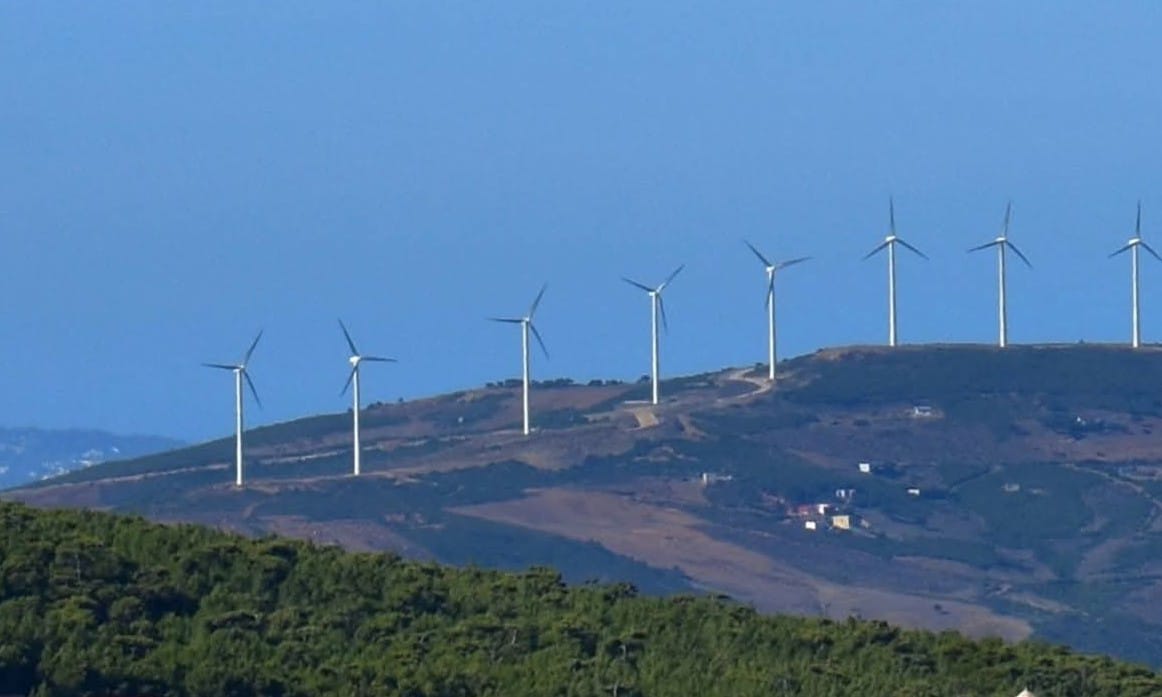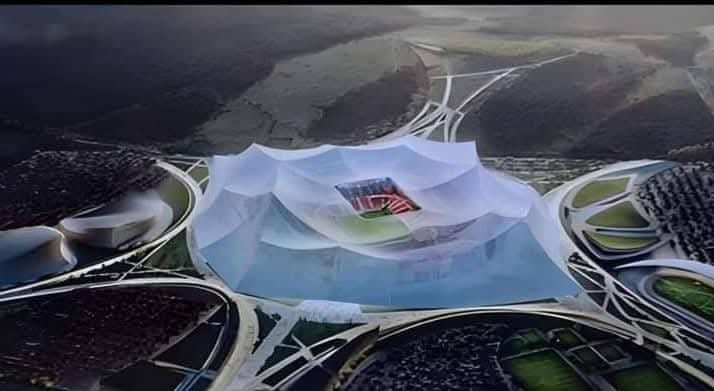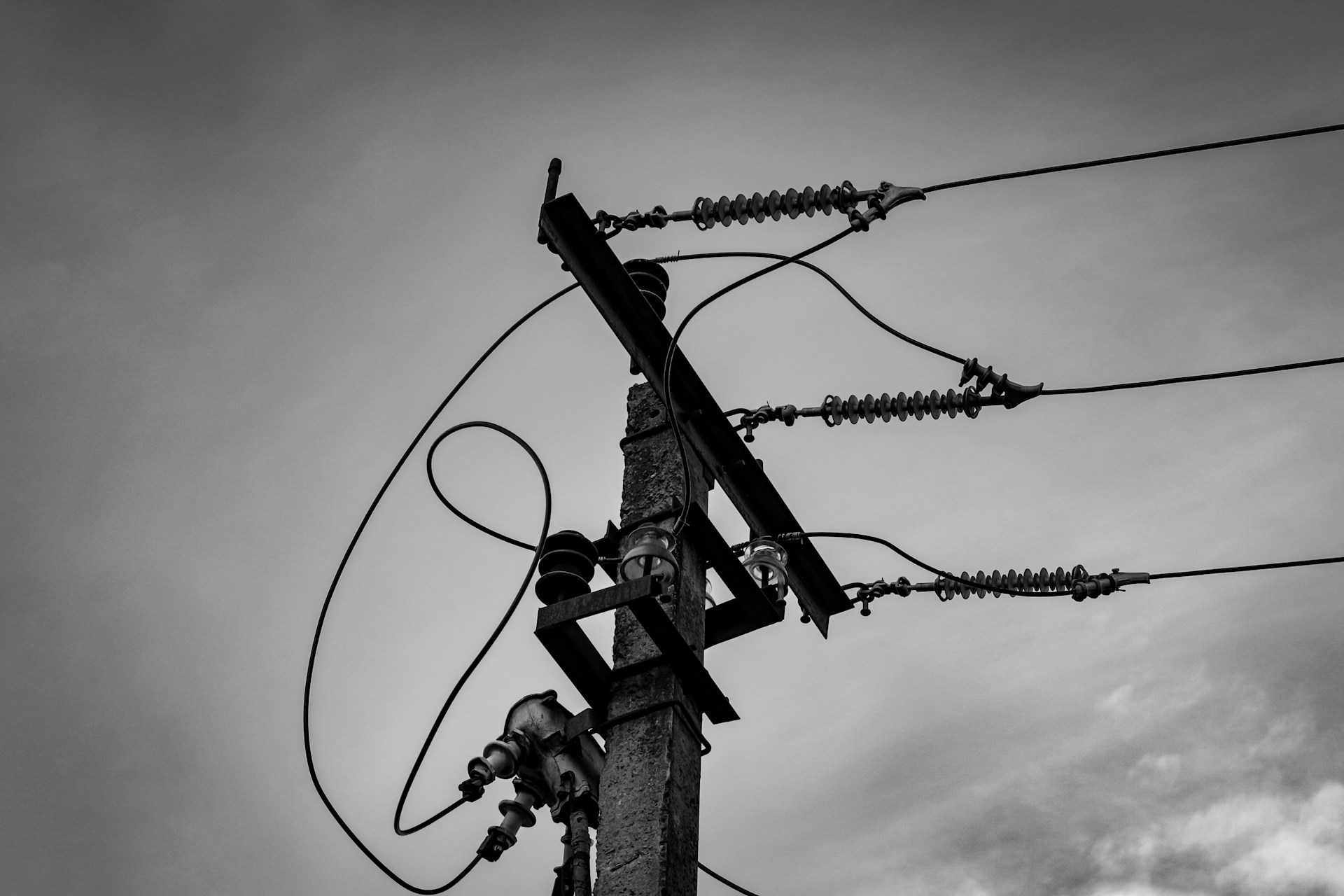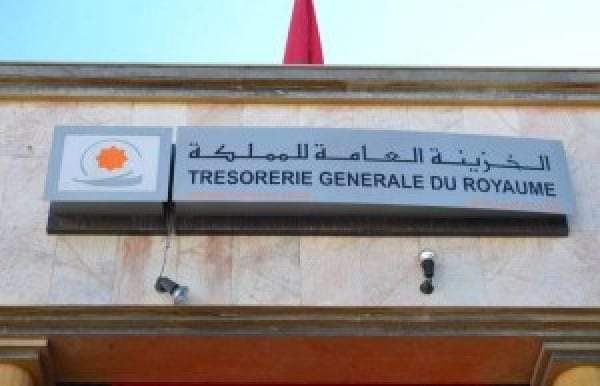Casablanca – Morocco is set to begin construction on one of the largest football stadiums in the world as part of its preparations to co-host the 2030 FIFA World Cup alongside Spain and Portugal. The stadium, named Grand Stade Hassan II, will be built on the outskirts of Benslimane, a town strategically located between Casablanca and Rabat.
The project, situated on a 100-hectare site, represents a major component of Morocco’s broader strategy to modernize and expand its sports infrastructure ahead of the tournament. With a projected seating capacity of 115,000, the stadium is expected to be the largest in Africa upon completion and one of the largest globally.
The construction contract for the second phase of the project was recently awarded to a Moroccan consortium formed by Société Générale des Travaux du Maroc (SGTM) and Travaux Généraux de Construction de Casablanca (TGCC). Valued at approximately $330 million, the contract marks one of the most significant infrastructure investments in Moroccan sports history.
According to Morocco’s public procurement platform, the TGCC/SGTM bid was the only one submitted for this phase of the project. However, it fulfilled all technical, administrative, and financial requirements outlined by the Fédération Royale Marocaine de Football (FRMF), the contracting authority. This second phase includes structural works, waterproofing, metal framework, cladding, ceilings, and interior fittings.
The Grand Stade Hassan II will feature a design inspired by Moroccan cultural heritage, with architectural elements referencing traditional Berber tents and local festival aesthetics. Plans include a translucent aluminum roof, tiered VIP and VVIP seating, and a central hanging garden, offering a modern interpretation of traditional forms. The stadium is envisioned not only as a venue for football but also as a symbol of national identity and regional development.
Beyond the stadium itself, the site is intended to become a fully integrated sports complex. The master plan includes a 25,000-seat athletics stadium, an Olympic-size indoor swimming pool, multipurpose sports halls, hotels, a business conference center, commercial zones, and a “sports city” campus. This expansive development aims to make Benslimane a regional hub for international events and tourism long after the World Cup concludes.
The area has been selected for its logistical advantages. Located 38 kilometers from Casablanca, the site is accessible via the A1 highway and national roads RN1, RN23, and RN313. A new continental highway is also scheduled for completion by 2026. Furthermore, two new train stations are planned—one serving the high-speed Al Boraq line and another serving regional rail (RER)—to connect the stadium directly with Casablanca, Rabat, and Mohammed V International Airport. The site will also include over 10,000 parking spaces to accommodate visitors during major events.
According to the FRMF, the stadium is scheduled for delivery in December 2027, allowing a two-year buffer before the World Cup begins. This timeline provides room for technical adjustments and readiness assessments, which will be conducted under FIFA’s supervision. A dedicated monitoring commission will oversee each phase of construction to ensure compliance with international standards.
Morocco’s ambition is not only to provide world-class facilities for the 2030 tournament but also to position itself as a future destination for global sporting and cultural events. The stadium is among several projects aimed at upgrading the country’s football infrastructure. Other host cities—Rabat, Casablanca, Tangier, Marrakech, Fes, and Agadir—are all undergoing significant renovations and expansions to align with FIFA requirements.
This latest project reflects Morocco’s growing confidence in its domestic construction sector. Both TGCC and SGTM have extensive experience in large-scale projects and have been involved in various national infrastructure initiatives, including transport hubs, housing developments, and sports venues. Their selection underscores the Moroccan government’s intent to prioritize local expertise in delivering projects of international significance.
With construction poised to begin, the Grand Stade Hassan II represents a strategic and symbolic cornerstone of Morocco’s World Cup preparations. As anticipation builds for the 2030 tournament, the project signals the country’s readiness to meet the challenges and opportunities of hosting one of the world’s largest sporting events.
















